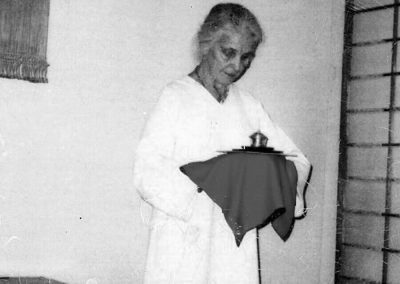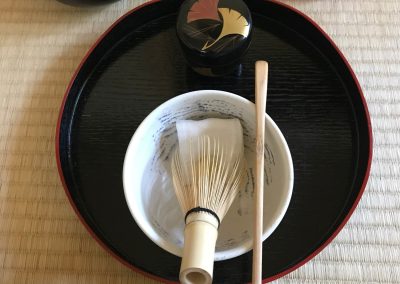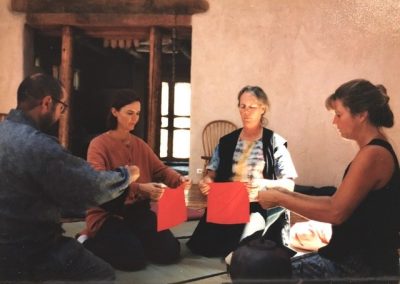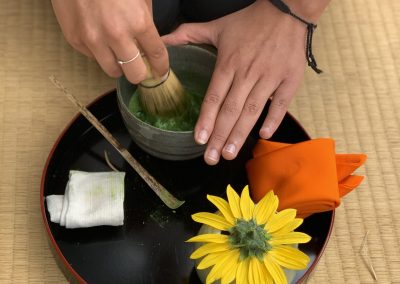The Way of Lama Tea
Lama Tea is a monthly, online offering. A shared space for community exploration of “Peace through a bowl of tea,” as illuminated by the 15th Grand Tea Master of the Urasenke lineage of Chanoyu, Hounsai Hanso Genshitsu, carried on by his successor, Zabosai Genmoku Soshitsu, and enlivened through practice by so many of us around the world. While tradition and lineage guide the form, these events are a place for our community to gather in the spirit of tea. All are welcome, whether seasoned teachers or those new to the Way of Tea. As a group we will use the teachings to deepen our connections to each other in form and formlessness. We will explore seasonal themes, make tea together, write poetry, and be open to whatever arises. A short, optional lesson will precede each event.
Details
When: Quarterly/seasonally
Time: 1:00 PM Mountain Time
Cost: By Donation
Where: Online through Zoom
What to bring: Your tea making utensils! Not sure what those are? Scroll down for a list.
Hosts: Kathy Lyons, Lesley Maclean, Tracy Cates, Sakina von Briesen, and Asha Greer (in spirit)
About Tea at Lama
The practice of Japanese Tea (Chado) was brought to Lama by Millie Johnstone in 1970, and it has endured for decades, quietly bringing us into the present moment through sounds, smells, textures, tastes, colors, and attention. Tea illuminates our connections to the natural world and to each other. It is poetic, cultural, artistic, and social, while at once breaking those boundaries to take us beyond.
Podcast
Want a fun listen to some anecdotal history? Listen to Tea at the End of the Road, an episode of LamaLive podcast, created in 2019.
What to Bring
If you have all the tools to prepare matcha, we invite you to set up for a simple temae/preparation.
If you are new to the practice, or are not able to bring traditional tools, use the following list to prepare:
- A one-or-two-bite sweet (cookie, a date, a piece of fruit…)
- A vessel for drinking tea (a cup or a bowl),
- Hot water in a thermos or kettle,
- Tea of your choice (okay to use non-tea beverage, too),
- A utensil to scoop the tea (if using loose tea), and strainer if needed
- An item used to purify with, such as a cloth, or a feather,
- A small towel to clean with (paper or cotton),
- And an empty soup-sized bowl for discarded water.
Traditional Japanese tea tools include a tray, bowl, bamboo whisk, tea scoop, a cloth to clean the bowl, a container for tea (often lacquer), a silk cloth for purifying the utensils, and a waste water receptacle. In addition, not pictured here, a kettle of hot water.



